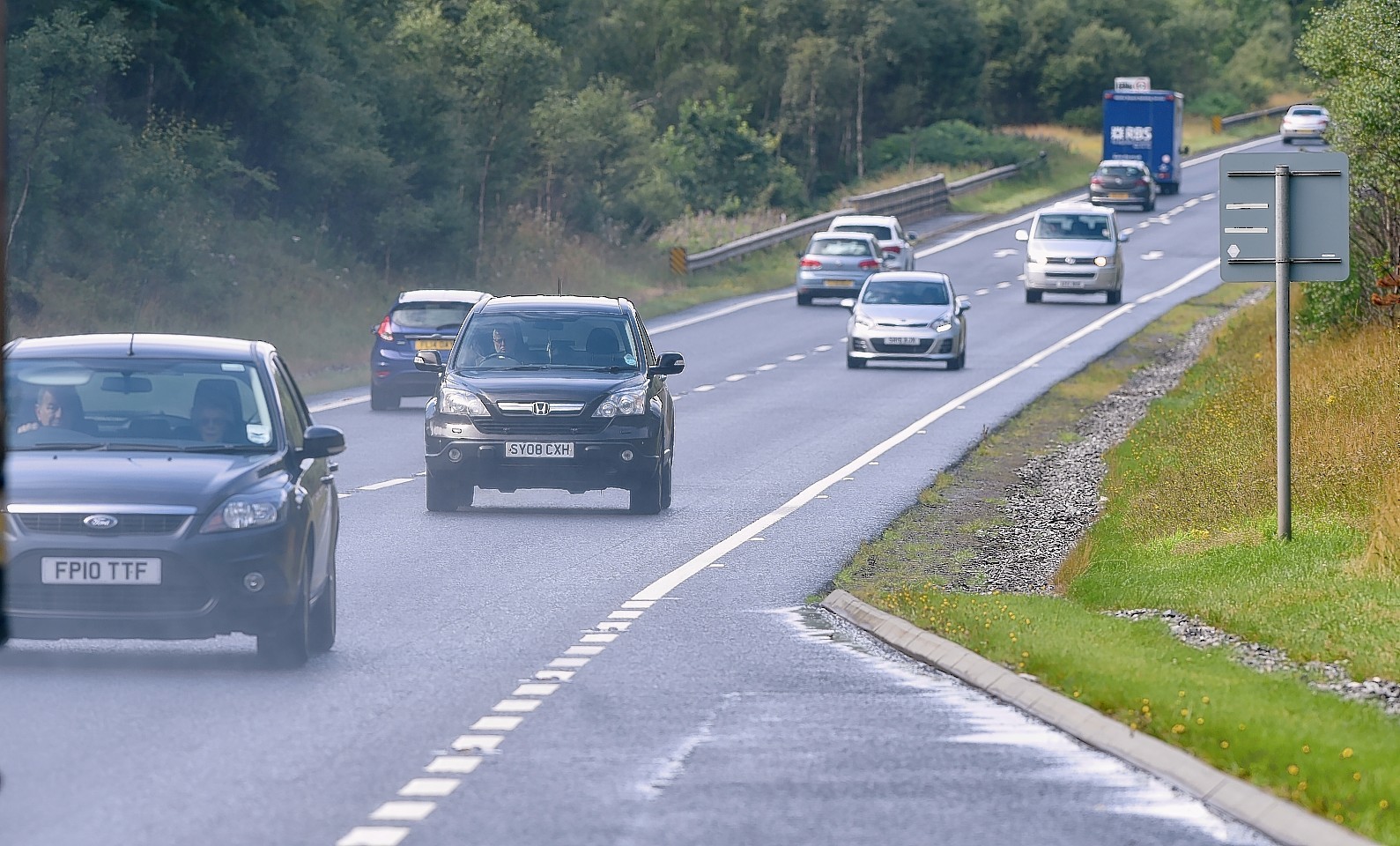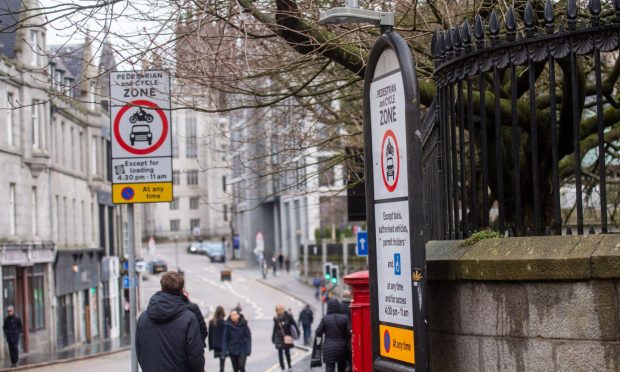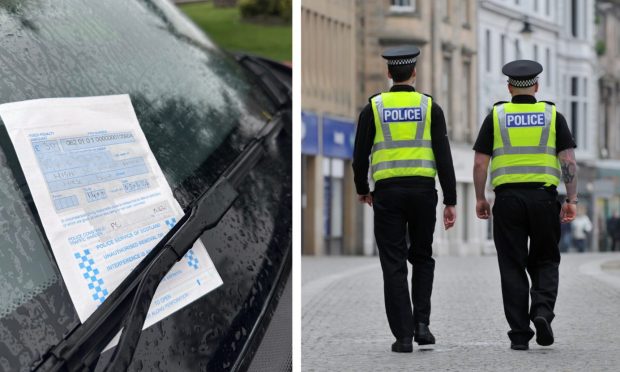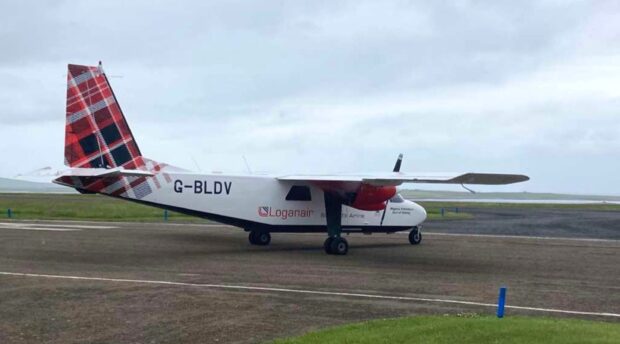David Kerr
DRIVERS are facing more misery on the north’s most notorious road as new speed curbs are introduced as part of the £3billion dualling project.
A 40mph limit will be introduced on a five-mile stretch of the A9 from Monday – and it will stay in place for two years.
The restriction between Kincraig and Dalraddy will also be enforced by four average-speed cameras.
Campaigners who have battled to have the so-called “yellow vultures” removed from the route branded the move “a nonsense” last night.
And one expert warned that the lower limit could cause confusion for travellers already subject to an array of differing limits along the A9.
Neil Greig, the Institute of Advanced Motorists’ director of policy and research, said: “There is clear evidence that average0speed cameras through construction does work.
“Having said that, I think that there will be some scope for confusion putting in another set of average-speed cameras.
“If you’re driving a car then you’ll have cameras set at 60mph, dual carriageway at 70mph and now roadworks at 40mph. There is going to have to be excellent signing to make sure it’s very clear what the limits are.
“This is obviously the first of a number of roadworks on the A9 over the next few years so we need to learn from everything that comes up.”
But Transport Scotland insisted the 40mph limit was necessary to ensure the safety of drivers and workers.
The agency also warned of disruption along the route until the section is complete in 2017.
Anti-camera campaigners said the monitoring measures were “complete nonsense”.
They claimed motorists would be tempted to drive more quickly on the road’s dual carriageway sections to make up for lost time.
Mike Burns, of campaign group A9 Average Speed Cameras Are Not the Answer, said: “I think this whole system within a system is a complete nonsense.
“We were told that the initial average-speed cameras would be used during the roadworks but then they start bringing more in. Why do they need more of them?”
He suggested frustrated drivers might try to make up time on existing dual carriageway sections by speeding.
He added: “The rest of the road is under average-speed cameras so that’s going to be the temptation.”
The £35million Kincraig-Dalraddy project is the first section of the £3billion works to completely dual the A9 between Inverness and Perth by 2025.
The section of the route is being built as a joint venture between Ireland-based companies Wills Bros Civil Engineering and John Paul Construction.
A Transport Scotland spokesman said: “As part of the A9 dualling works traffic management and a 40mph speed limit is required to ensure that the works are carried out safely for the benefit of road users and the workforce.
“We would like to advise motorists travelling on the A9 between Kincraig and Dalraddy that there may be some disruption due to these works and would ask them to plan their journeys in advance.”
He added that the average-speed cameras would incrementally removed as work on the dualling progressed.










